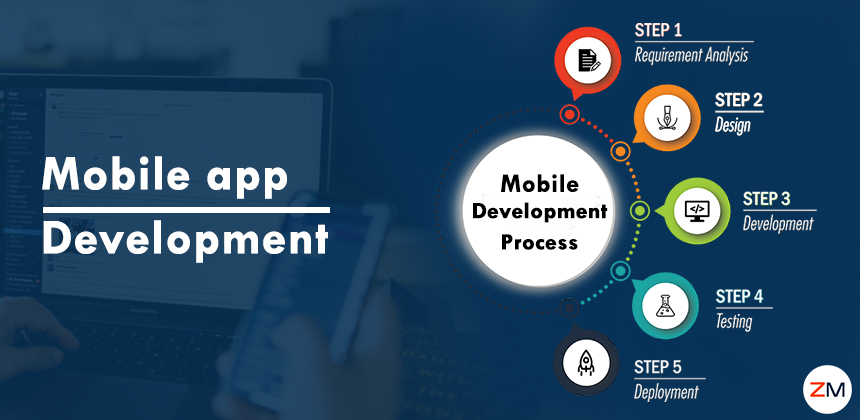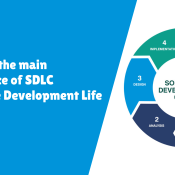
05Aug
Mobile App Development Process
The mobile app development process involves several stages, from initial planning to post-launch maintenance. Here’s a detailed overview of the typical steps involved:
1. Ideation and Research
- Conceptualization: Define the purpose of the app, its target audience, and the problem it will solve.
- Market Research: Analyze the market, identify competitors, and understand the target audience’s needs and preferences.
- Feasibility Study: Evaluate the technical and financial feasibility of the app concept.
2. Planning
- Define Requirements: Create a detailed list of features and functionalities the app will have.
- Project Scope: Outline the project timeline, resources required, and the milestones to be achieved.
- Wireframing: Create wireframes or sketches to visualize the app’s layout and flow.
3. Design
- UI/UX Design: Develop the app’s user interface (UI) and user experience (UX) design to ensure an intuitive and engaging experience.
- Prototyping: Create interactive prototypes to demonstrate how the app will work and get feedback from stakeholders.
4. Development
- Choose the Platform: Decide whether the app will be developed for iOS, Android, or both.
- Architecture Design: Define the technical architecture, including the front-end and back-end components.
- Coding: Write the code for the app’s front-end (user interface) and back-end (server, database) functionalities.
- Front-end Development: Develop the app’s user interface and client-side logic.
- Back-end Development: Build the server, database, and server-side logic.
- Integration: Integrate third-party services, APIs, and other tools as needed.
5. Testing
- Functional Testing: Ensure all features and functionalities work as intended.
- Usability Testing: Test the app’s user interface and experience to ensure it is user-friendly.
- Performance Testing: Assess the app’s performance under different conditions (e.g., load testing).
- Security Testing: Identify and fix any security vulnerabilities.
- Beta Testing: Release the app to a limited audience to gather feedback and identify any remaining issues.
6. Deployment
- App Store Submission: Prepare the app for submission to the Apple App Store and/or Google Play Store, including creating necessary metadata, screenshots, and descriptions.
- Approval Process: Submit the app for review and address any feedback from the app store review teams.
- Launch: Once approved, the app is made available for download by users.
7. Post-Launch
- Monitoring: Monitor the app’s performance, user feedback, and crash reports.
- Bug Fixes: Address any issues or bugs that arise after the app is live.
- Updates: Release updates to add new features, improve performance, and ensure compatibility with new OS versions.
- Marketing: Implement marketing strategies to promote the app and increase its user base.
- Support: Provide ongoing customer support to assist users and maintain satisfaction.
Best Practices in Mobile App Development
- Agile Methodology: Use agile development practices to allow for iterative development, continuous feedback, and faster delivery.
- User-Centered Design: Focus on creating a seamless and enjoyable user experience.
- Scalability: Design the app to handle growth and increasing user demand.
- Security: Implement robust security measures to protect user data and ensure privacy.
- Cross-Platform Development: Consider using frameworks like React Native or Flutter to develop apps for both iOS and Android with a single codebase.
Conclusion
The mobile app development process is a multi-stage journey that requires careful planning, execution, and continuous improvement. By following these steps and best practices, you can develop a high-quality mobile app that meets the needs of your target audience and achieves your business goals.
All Categories
Tags
Contract Staffing
Contract Staffing Services in Mumbai
custom appli
Custom Application Development
Digital Marketing
IT staff augmentation
IT staff augmentation Bangalore
IT staff augmentation in Mumbai
IT staff augmentation in Pune
IT staff augmentation Noida
Mobile App Development
Outsource Development Center
Software company in Mumbai
Software Development
Web Design




